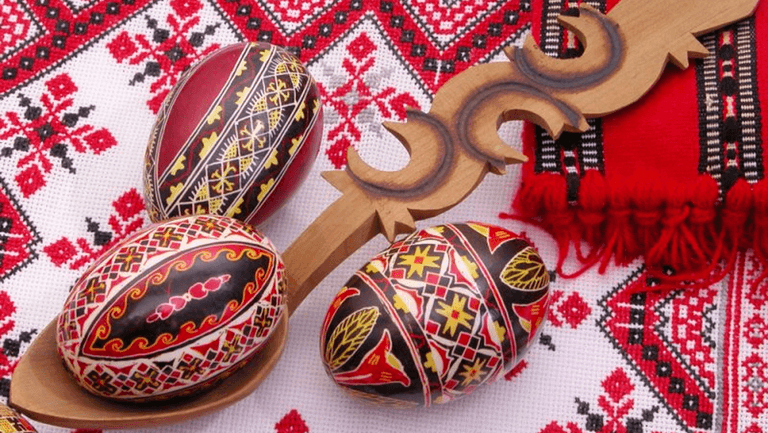Easter is, along with Christmas, the most important celebration of Christians. On Holy Saturday, all housewives are busy preparing traditional dishes: red eggs, Drob and Pasca.
The tradition of having red eggs on the Easter table is an ancient tradition, dating back 2000 years before the birth of Jesus Christ. We know that Mary laid a basket of eggs under the cross of her crucified son, who had gone to mourn and his blood has given the red color to the eggs.
The red eggs symbolize the sacrifice of Jesus to save mankind. Their shock is always a joy for both children and adults and is an action that takes place until the “Ascension”, while the traditional words “Christ is risen!” and the other person says, “He is risen indeed!”
Ambient Pensiune invites you to Brasov, to celebrate with us that “Christ has risen” and awaits you with the most delicious traditional dishes.
• buffet breakfast
• traditional lunch or dinner in the date of 16.04.2017 at the Restaurant of Hotel Ambient (there are menus with lamb, veal or vegetarian)
• parking, daily in front and in the garden of Ambient Pensiune
• unlimited wireless internet access in every room & public areas
• increased value provided by our partners through Ambient Exclusive
The Candle, symbol of the resurrection, represents life itself. It is usual for a candle to be brought home after the Mass.The Candle of the Resurrection is not thrown, but is saved to be lit in the difficult moments of life.
The History of the Easter Bunny
A very important moment that is expected, especially by children, is the arrival of the Easter Rabbit. It is believed that the Easter rabbit has its origin in the Christian beliefs of fertility. The Rabbit, the most fertile animal was seen as a symbol of rebirth of nature at this time of spring. Traditionally the bunny brings gifts to children and is expected with great joy every year.
The rabbit is an ancient symbol of fertility, present in all mythologies. It joins the divinity of Mother Earth, the idea of regeneration and the continual renewal of life. It is a lunar being, symbolizing an ancient Germanic goddess, Eostre, a myth of spring and fertility, being worshiped in rural areas of the 13th century. Previously the Saxons celebrated most of the spring holidays and Christian missionaries had no choice but to integrate them. The Pagan Festival of Eostre coincided with the resurrection of Jesus, therefore, it makes sense to adopt it under the mantle of Christianity.
We hope that this year you will receive many gifts from the bunny and we look forward to discover them together!

